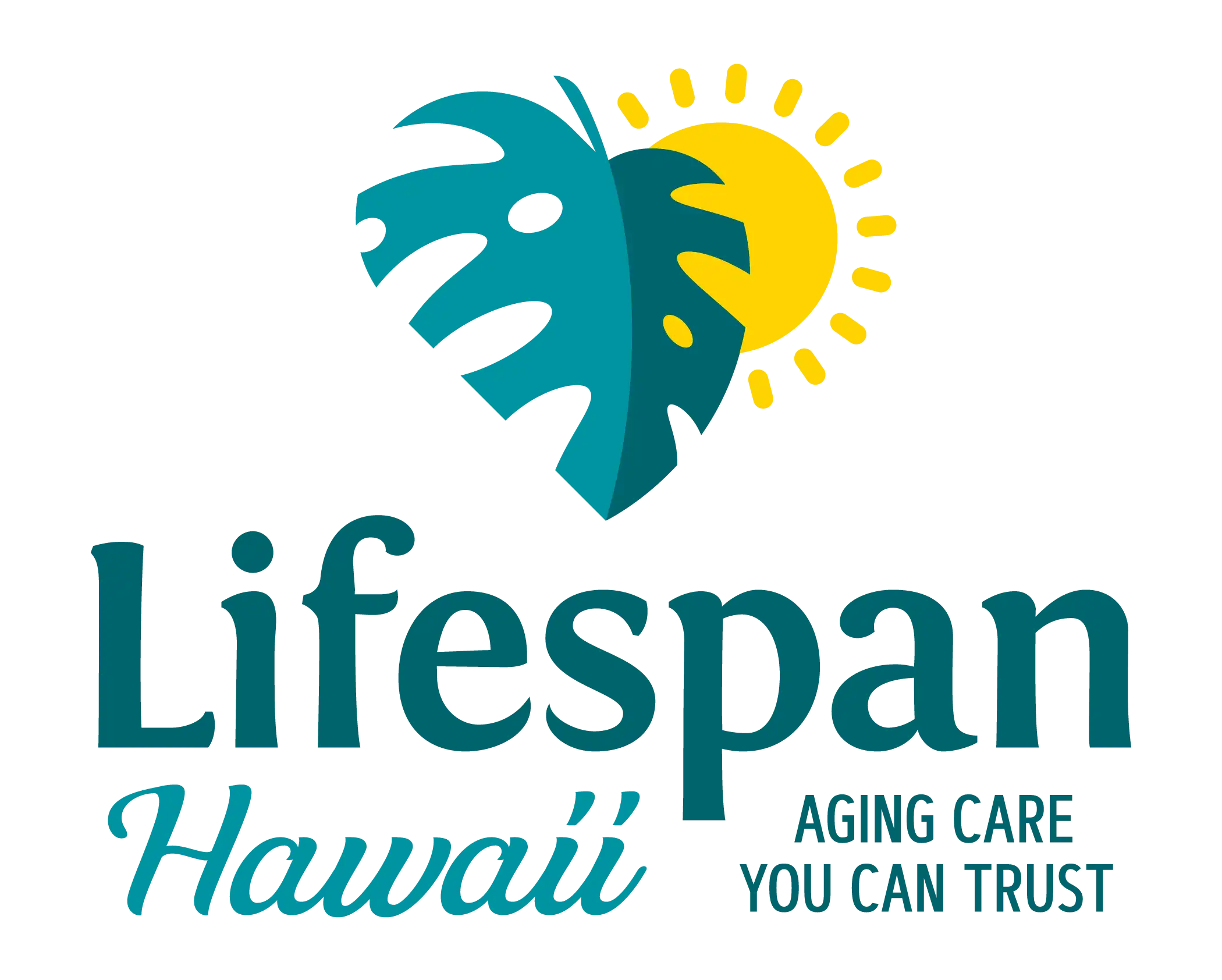10 TIPS: How to Protect Yourself From Volcanic Ash
How can you protect yourself from volcanic ash produced by Halema‘uma‘u explosions?
Small explosions that produce ashfall from Kīlauea Volcano’s summit are not new. However, the mechanism, vigor, plume heights and extent of ash fallout from the current explosive activity within Halema‘uma‘u are.
In early May 2018, in response to changes on Kīlauea’s East Rift Zone, the summit lava lake dropped hundreds of yards and the magma feeding the lava lake dropped below the water table, allowing groundwater to enter the system. This began a series of more vigorous steam-driven explosions that produced more significant ash clouds from the summit.
As the magma reservoir lowers and drains out (erupts) at the lower East Rift Zone, the summit area is slowly subsiding and slumping inward, which is triggering additional gas-driven explosions. Ash clouds have risen as high as 30,000 feet above sea level (asl), but have more commonly been 5,000 to 10,000 feet asl.

This low magnification photo shows ash particles ranging from a few microns to a couple millimeters in diameter. Right: A high-powered scanning electron microscope reveals great detail on this basalt ash shard. PC: Pavel Izbekov, UAF-GI AVO
Where ash goes is largely determined by wind direction. Most ash clouds at Kīlauea have reached less than 15,000 feet above sea level; therefore, they have been following trade wind patterns toward the southwest, mainly over the Ka’u District and Highway 11, southwest of the community of Volcano.
The amount of ash produced depends on the size and duration of the explosion. Based on Kīlauea’s explosions to date, only trace amounts of ash (less than 1/32nd of an inch) are expected at any one time. This can change if the eruptions increase in size or duration. Ash layers can accumulate over time if they are not washed away by rain.
Ash clouds are hazardous to aircraft, which is why the NOAA National Weather Service is working closely with the USGS–Hawaiian Volcano Observatory to track ash clouds and issue warnings to aviation.

Graphic showing where and how much ashfall is expected based on forecast winds and best estimate information about the size and duration of an explosion from Halema‘uma‘u on June 6, 2018. PC: HVO USGS
Ash in the quantities we expect should mostly be a nuisance, but it can be harmful to humans, animals and the environment. Health effects include irritation to the eyes, nose, throat and skin. People with asthma or other breathing conditions are particularly susceptible to respiratory effects. Ash can impact drinking water quality and catchment systems by contaminating the water supply. Ash is abrasive and corrosive and can be harmful to animals and damaging to plants and crops.
If you live near the summit, here is what to do to prepare for ashfall:
Before an ash event, become familiar with wind conditions that may bring ash to your area. Check out the USGS ashfall forecast model showing where and how much ashfall is expected. Cover water tanks, close doors and windows. Bookmark key monitoring and information websites.
DURING AN ASHFALL EVENT
- Disconnect gutters feeding into drinking water tanks (https://vog.ivhhn.org/catchment-systems). Shelter in place (stay indoors) and limit strenuous outdoor activities.
- Leave the area if necessary.
- Assume that respiratory symptoms could get worse and keep medications handy for asthmatics.
- Consider using an indoor air cleaner or air conditioner.
- Use an N-95 mask to reduce exposure to ash if you need to be outside and especially during cleanup.
AFTER AN ASHFALL EVENT
- Drink plenty of liquids and treat congestion or irritation.
- Clean and reconnect gutters to tanks.
- Hose off ash from high-traffic areas (walkways, etc.). Prevent tracking ash into the house.
- See a physician if symptoms don’t go away after exposure.
- If ash is re-suspended by human activities, such as cleaning or driving, wear a dust mask during those activities.














